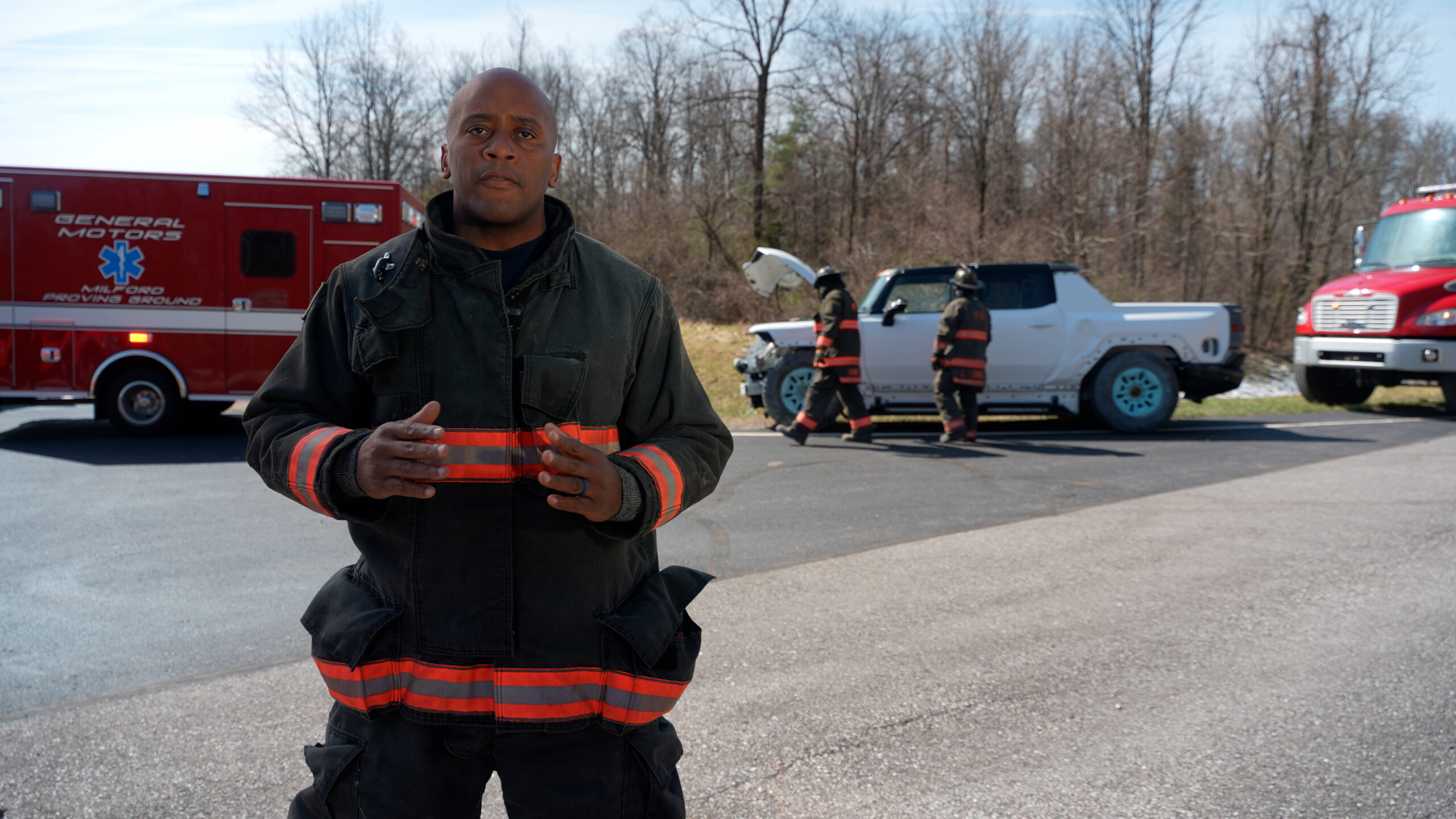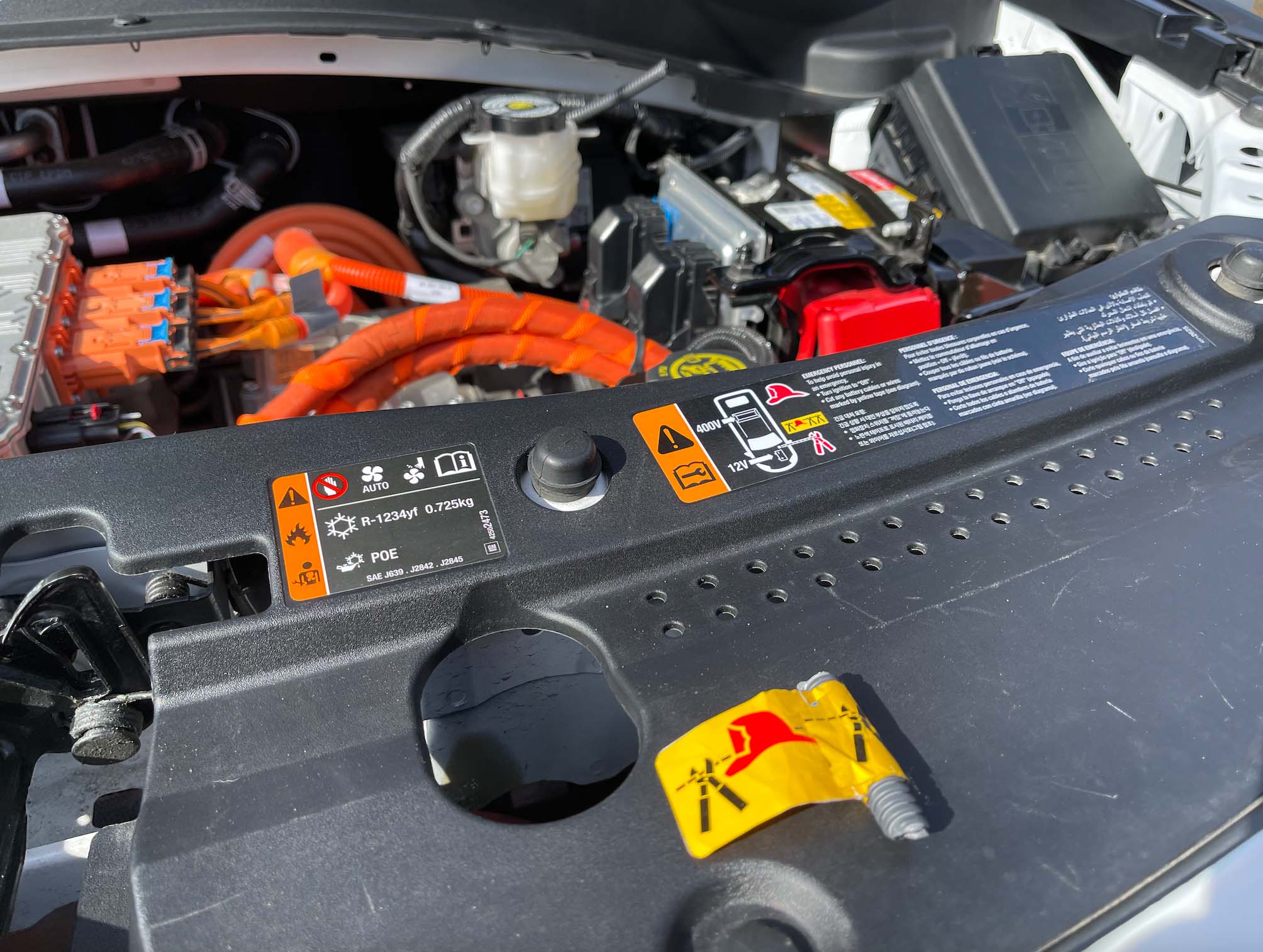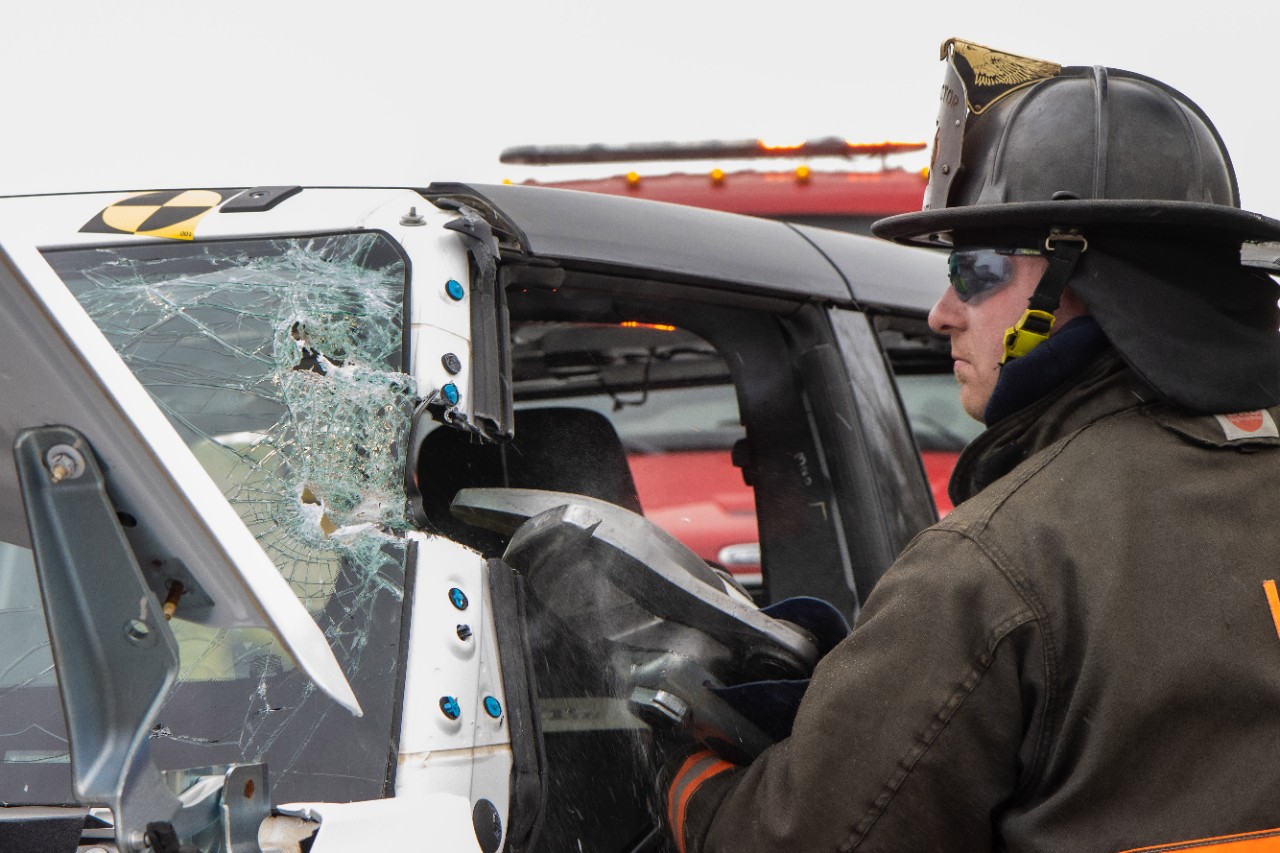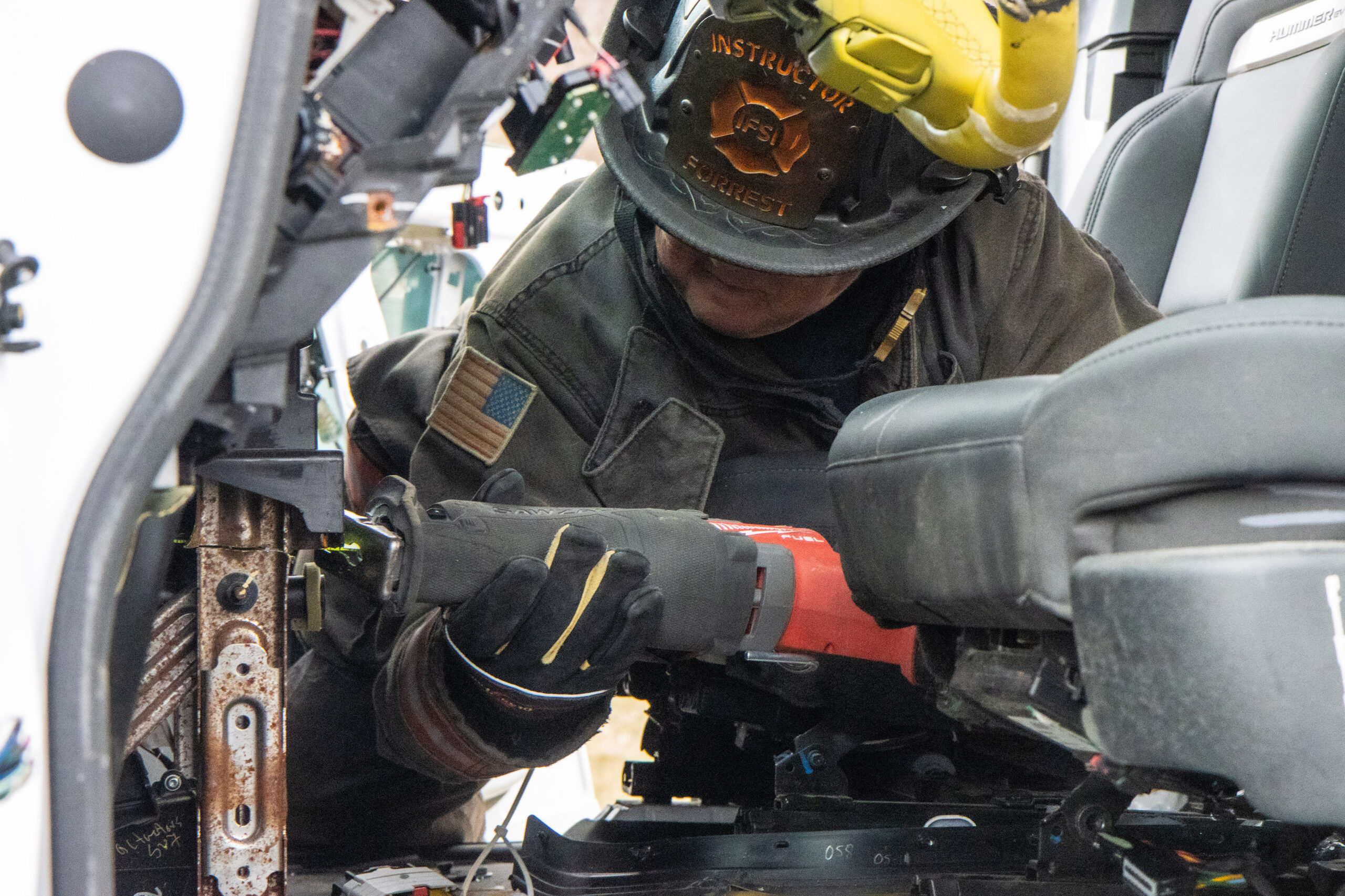General Motors has established a new EV First Responder Training program that will ensure emergency services personnel can properly handle incidents with electric vehicles.
The EV First Responder Training program is primarily focused on personnel in fire services and provides information about battery electric vehicle technology while also dispelling misconceptions and teaching important practices for dealing with electric and hybrid vehicles. One example is the importance of using a large volume of water to suppress a lithium-ion battery fire.
Read Also: GM To Increase EV Production By 600 Percent In 2022
“The best way for the public and private vehicle fleet owners to rapidly adopt EVs is to train firefighters and emergency responders on how to handle incidents involving battery powered vehicles,” National Fire Protection Association senior manager of education and development, Andrew Klock said. “The fire service has had more than 100 years to gain the knowledge needed to respond to internal combustion engine fires, and it is critical that they are now educated on EV safety.”
General Motors will provide training for first and second responders and be delivered over a four-hour block of instruction across firehouses, training academies, regional learning centers, and dealerships. Attendees will need to score higher than 70 percent on the coursework to receive a Certificate of Educational Achievement. They will also receive a Certificate of Completed Training through the Illinois Fire Service Institute when they complete all hands-on training.
“This training offers unique material and hands-on experiences that can help increase responders’ awareness of procedures to help maintain safety while interacting with EVs during the performance of their duties,” GM global product safety and systems engineer Joe McLaine told the Detroit Free Press.
GM spokesman Stuart Fowle noted that first responders will be taught the best practices of getting water to the heat source of a battery. One way to do this is by breaking a window and flooding the floor of a vehicle.







